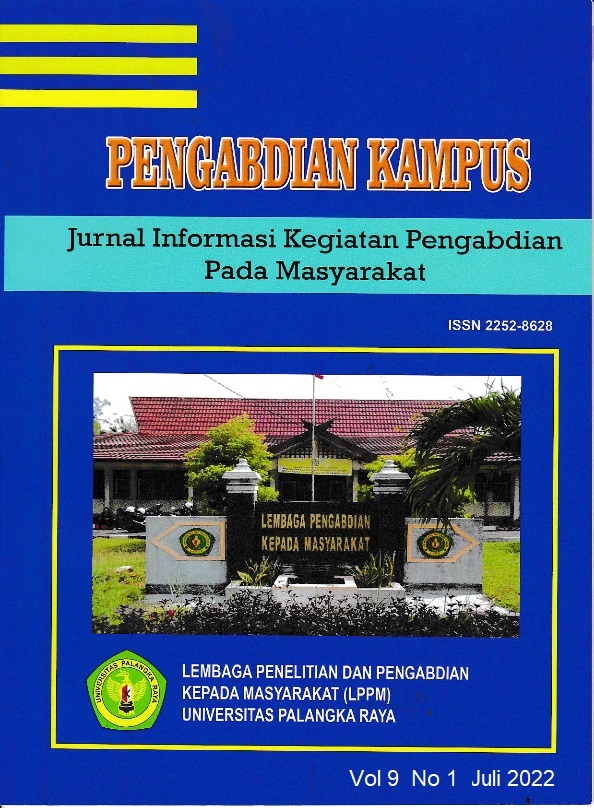Pelatihan Pengembangan Desain Pembelajaran Daring (Elearning) Bahasa Inggris Berbasis Aplikasi Whatsapp bagi Guru SMP Negeri-3 Palangka Raya
DOI:
https://doi.org/10.52850/jpmupr.v9i1.4672Keywords:
e-learning, WhatsApp, English teaching,, ICTAbstract
The development of online-based English learning design has now become a demand for teachers in line with the increasing development of information and communication technology. Junior high school students who are millennial young generation are inevitable from their needs in requiring gadgets as smart communication tools. This phenomenon must be exploited by teachers of 21st century as a moment of educating students through elearning by facilitating them to understand online-based learning materials. On this basis, online learning design is very important and must be mastered by professional teachers in this digital era, so that the learning process of students is not restricted to be implemented. This article is a non-research type, namely a report of training on developing elearning-based English learning design that took the subject of seven English teachers in the secondary school of SMP Negeri-3 Palangka Raya. The results achieved were increased knowledge, attitudes, motivation and abilities of teachers in developing and implementing online English learning design so that teachers had competitiveness and competence in the application of science and technology in the community, especially in developing learning designs on elearning-based materials.
Downloads
Downloads
Published
How to Cite
Issue
Section
License
Copyright (c) 2022 Iwan Fauzi, Merylin Simbolon, Dina Mardiana M.Pd.

This work is licensed under a Creative Commons Attribution 4.0 International License.










